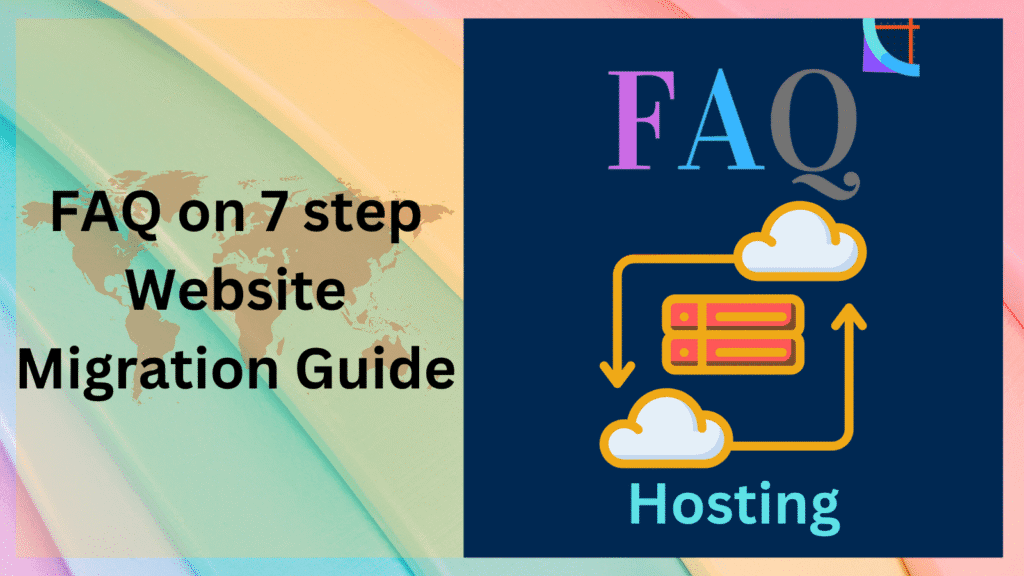Why should I follow a structured checklist for website migration?
Answer: A step-by-step checklist minimizes risks like data loss or downtime during transfers. For example, updating DNS strategically (Step 5) prevents live site disruptions, while testing (Step 6) ensures all features work post-migration. Hostinger’s guided process helped a Delhi blogger migrate in 2 hours without errors.
How do I choose the best new hosting provider?
Answer: Compare uptime (99.9%+), speed, scalability, and migration tools. Hostinger and SiteGround offer free migration services, while Trustpilot reviews highlight real-world reliability. A WooCommerce store chose Hostinger’s Cloud Startup plan for seamless scaling to 100k monthly visitors.
What’s the safest way to back up my website before migrating?
Answer: Use UpdraftPlus (WordPress) or cPanel’s Backup Wizard for full archives, including files and databases. A Berlin shop stored backups on Google Drive and verified integrity via test restores. Hostinger’s hPanel simplifies this for beginners.
How do I transfer files and databases without errors?
Answer: For WordPress, upload files via FTP to public_html and import databases via phpMyAdmin. Hostinger’s File Manager automates this, while Bluehost provides guided transfers. A Seoul developer fixed broken links post-transfer using Broken Link Checker.
Read This Post in Detail on The ValuePane Blog
When should I update DNS settings to avoid downtime?
Answer: Lower the TTL to 300 seconds 48 hours before migration (Step 5). Update A records during low-traffic hours and keep the old host active until propagation completes (24–48 hours). A Mexican blog stayed live using a staging site during DNS updates.
What tools help test the migrated site for issues?
Answer: Use Google PageSpeed Insights for speed checks, Broken Link Checker for 404 errors, and Google Analytics to monitor traffic stability. Hostinger’s support team resolved a London freelancer’s plugin conflict during testing.
How do I ensure email accounts and SSL certificates transfer correctly?
Answer: Recreate email accounts on the new host and reinstall SSL certificates (e.g., Let’s Encrypt). Hostinger’s hPanel auto-configures SSL, while SiteGround’s staging tools preserve email settings. A Paris retailer retained encrypted transactions post-migration.
What are common post-migration tasks to finalize the switch?
Answer: Cancel the old host after 30 days (retain backups), update third-party services (e.g., payment gateways), and submit sitemaps to Google Search Console. Hostinger’s SEO tools helped a Nairobi site maintain rankings.
Can I migrate without technical expertise?
Answer: Yes! Hostinger, SiteGround, and Bluehost offer free migration services for managed plans. A Manila student used Hostinger’s AI Website Builder to reinstall WordPress effortlessly.
How do I monitor performance after migration?
Answer: Track uptime with UptimeRobot, speed via GTmetrix, and user feedback. A Cape Town news site resolved latency issues within a week using Hostinger’s 24/7 support and Cloudflare integration.
Check out the FAQ on How to Choose the Best Web Hosting for Beginners
